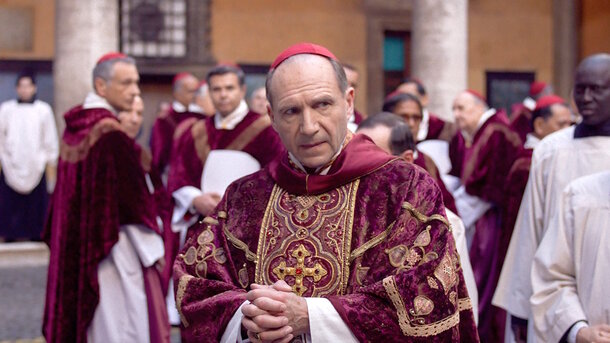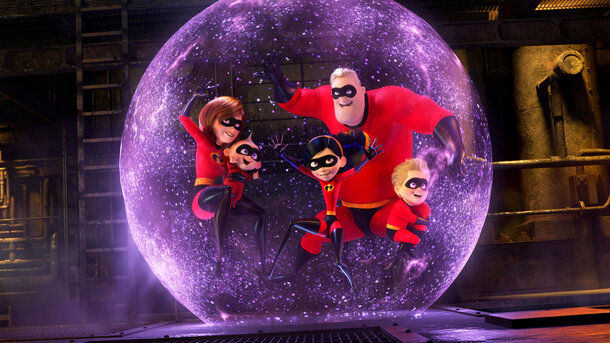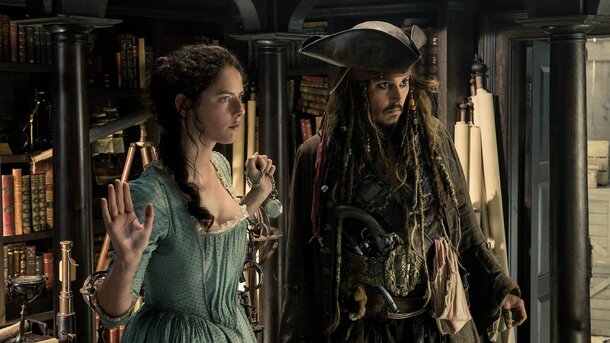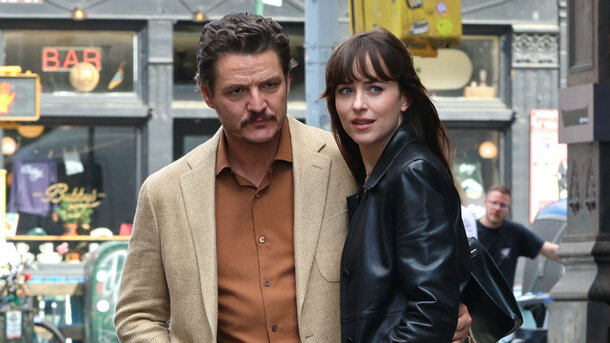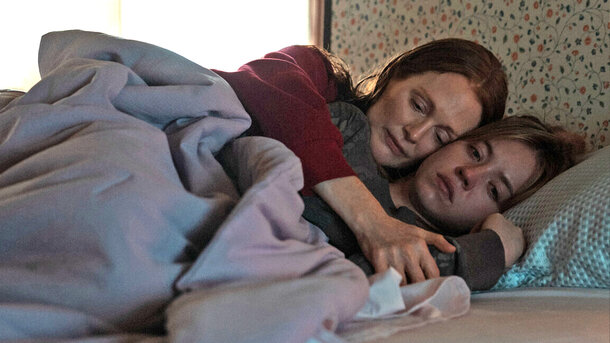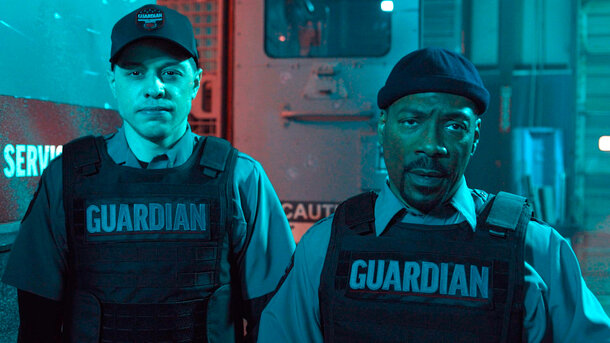Edward Berger’s Conclave has captivated audiences with its gripping portrayal of the secretive process behind electing a new pope. Featuring a stellar cast that includes Ralph Fiennes, Stanley Tucci, John Lithgow, and Isabella Rossellini, the film has earned widespread acclaim, securing eight Oscar nominations, including Best Picture. But beyond the intense political maneuvering and power struggles, Conclave delivers a jaw-dropping final twist that reshapes the entire narrative. Let’s break it down.
What is Conclave About?
As the title suggests, Conclave delves into the ancient Catholic tradition of electing a new pontiff following the sudden death of the reigning pope. Cardinal Thomas Lawrence (Ralph Fiennes) oversees the gathering of the College of Cardinals as they cast their ballots. Four frontrunners emerge:
-
Joshua Adeyemi (Lucian Msamati) – a fire-and-brimstone conservative.
-
Aldo Bellini (Stanley Tucci) – a progressive candidate in line with the previous pope’s vision.
-
Goffredo Tedesco (Sergio Castellitto) – a staunch traditionalist who believes the church has strayed too far.
-
Joseph Tremblay (John Lithgow) – a moderate, but one whose past dealings raise suspicions.

Despite multiple rounds of voting, no candidate secures the two-thirds majority required. Surprisingly, Cardinal Lawrence himself begins receiving votes, despite his insistence that he does not want the position.
Who Becomes the New Pope?
Against all expectations, the election takes a dramatic turn when Cardinal Vincent Benitez (Carlos Diehz), the little-known archbishop of Kabul, emerges as the winner. Initially overlooked, Benitez gains momentum after a suicide bombing outside the Vatican. While Tedesco calls for a holy war, Benitez’s message of peace and tolerance wins the cardinals over. On the seventh ballot, he is elected and takes the papal name Innocent.
The Shocking Revelation
Lawrence, suspicious of Benitez’s sudden rise, investigates his background. He discovers that Benitez harbors a deeply personal secret: he is intersex, born with a uterus and ovaries. The late pope had arranged for him to undergo a hysterectomy in Switzerland, but Benitez ultimately declined, stating, "I am as God made me."

Rather than seeing this as a weakness, Benitez believes his identity allows him to exist 'between certainties', making him uniquely suited to lead a church divided by political and ideological conflicts. This perspective resonates with Lawrence, who earlier in the film remarked, "Certainty is the great enemy of unity."
What Does the Ending Mean?
Conclave presents a Catholic Church at a crossroads, where ambition and tradition clash behind closed doors. The film suggests that change is inevitable, whether the institution is ready or not. The final scene, where the Vatican’s windows are thrown open, symbolizes fresh air and progress entering an age-old institution. Berger himself described it as a moment of "liberation, where life, laughter, and sunlight flood back in."
Is Conclave Based on a True Story?
While Conclave is a work of fiction, it is adapted from Robert Harris’ 2016 novel of the same name. Harris drew inspiration from real-life papal elections, particularly the 2005 conclave that selected Pope Benedict XVI. He referenced leaked accounts of vote manipulation and the story of a liberal cardinal who was expected to win but failed to gain enough support.

Interestingly, the film arrives at a time when Pope Francis, at 88 years old, is reportedly in critical condition, meaning the world may soon witness a real-life conclave. Whether it will be as dramatic as the one in Conclave remains to be seen, but as history has shown, power struggles within the Vatican are never without intrigue.
